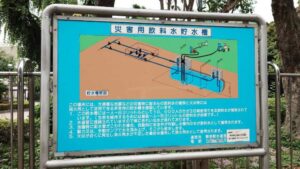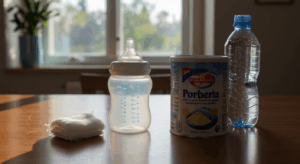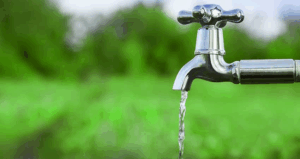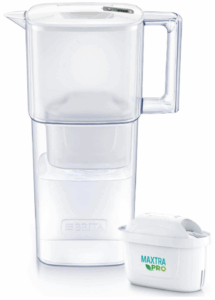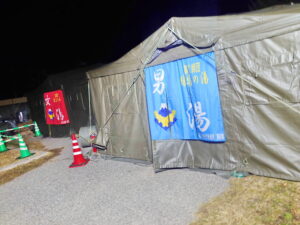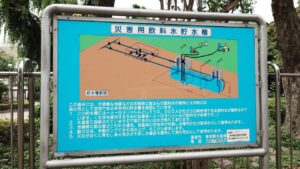When you think about disaster preparedness, what comes to mind? More and more households are investing in large battery storage units and solar panels as part of their power outage plans.
But when it comes to water preparedness, most households stop at storing bottled water. At best, a few may have a portable membrane filter bought online from places like Amazon.
Without electricity for three days, life is inconvenient but manageable. Without water for three days, it becomes a life-or-death crisis. So why aren’t compact, high-performance household water treatment systems more widespread?
Today, we’ll take a deeper look at this critical question.

The Real Reason: Maintenance Is a Major Challenge for Water Purifiers
The answer is surprisingly simple, yet deeply rooted: Maintaining a water purification system is far more difficult than maintaining most household appliances.
Reason 1: Water Is a Living Thing—It Gets Contaminated When Left Unattended
Most electric appliances work fine even after years of storage—just charge them or turn them on. But water treatment devices that deal with “dirty water” are a completely different story.
- Risk of Decay and Bacterial Growth: When water sits stagnant, bacteria multiply, causing slime, mold, and foul odors. This is one of the most common issues inside water purifiers.
- Cleaning and Sterilization Required: Any parts in contact with water must be cleaned and sterilized regularly. Failing to do so greatly increases the risk of secondary contamination of the purified water.
- Limits of Automation: Full automation of cleaning and sterilization would make these systems very expensive and bulky. Even then, guaranteeing long-term hygiene is difficult. Unlike water heaters that kill bacteria with heat, purifiers rely on physically removing contaminants, making this a complex challenge.
Reason 2: The “Captured Contaminants” Become a New Source of Contamination
Water purifiers trap impurities and contaminants. But if not properly handled or decomposed, those trapped materials themselves become new pollution sources.
- Residual Waste Left Undecomposed: Organic matter and microbes caught in filters will rot over time, turning the system itself into an unsanitary environment.
- Risks with Cheap Components: Keeping costs low often means relying on inexpensive overseas-made parts. This leads to quality inconsistencies and a higher risk of sudden failure—another reason why high-performance home water systems are not mainstream.
Reason 3: Daily Maintenance Is a Burden
Think about coffee machines at convenience stores or beer dispensers in bars. These devices undergo strict daily cleaning routines to ensure hygiene and quality.
At home, coffee enthusiasts might clean their machines diligently. But in a disaster scenario, how many people would realistically have the time or energy to maintain a “water infrastructure device” with the same dedication? The answer: not many.
- Challenges with Long-Term Storage: Any water device needs to be thoroughly drained and cleaned before long-term storage. Leaving water inside for years would lead to disastrous internal conditions.
This also applies to portable emergency filters sold online. Without proper use and maintenance, they can lose purification ability in just a day or two. Once used, they also require careful post-use cleaning before long-term storage—otherwise, they might be unusable when needed most.
If you’re curious about proper maintenance for portable purifiers, check out this detailed guide:
[The Hidden Dangers of Relying on Bottled Water! Surprising Facts About Disaster Water Supply and Practical Tips for Securing Safe Water]
https://note.com/embed/notes/n7436ce82eb19
The Future of Home Water Purifiers and the Invisible Threat of Water Quality Degradation
Future manufacturers of home water systems will likely offer products with built-in sensors that constantly monitor internal conditions for potential failures. However, the possibility of malfunctions beyond sensor detection will always remain.
And when the device is something that supplies your daily drinking water, the stakes are high. If water simply stops flowing, you can respond. But if water quality slowly deteriorates without notice? That’s a frightening scenario with serious health implications.
This is why compact, high-performance home water purifiers remain rare—and why widespread adoption remains a difficult goal.
